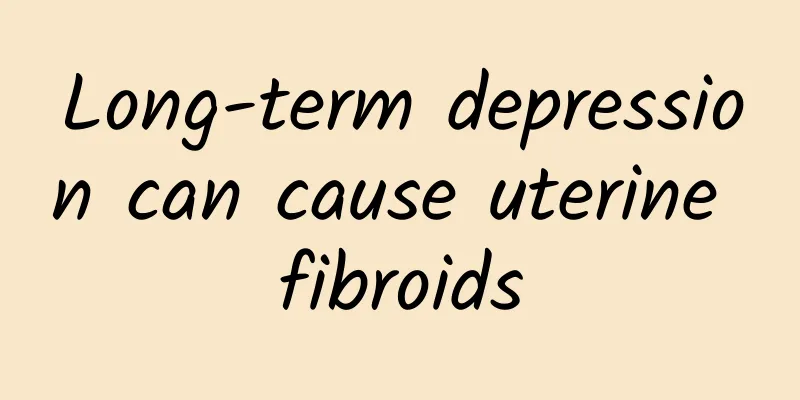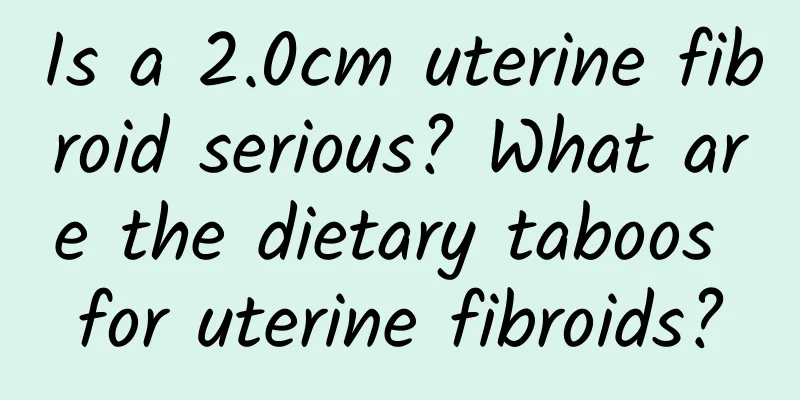What are the symptoms of pelvic peritonitis

|
For women, gynecological inflammation is very troublesome. The treatment method women choose to treat the disease is an important aspect that determines whether we can get rid of the symptoms of pelvic peritonitis as soon as possible. So, how do we judge whether we have pelvic peritonitis? Let’s talk about the symptoms of severe pelvic peritonitis. Pelvic peritonitis mainly includes endometritis, salpingitis, tubo-ovarian abscess, and pelvic peritonitis. Inflammation can be limited to one site or involve several sites at the same time. The most common are salpingitis and tubo-oophoritis. If pelvic peritonitis occurs, it is often the spread of inflammation in adjacent organs. Pelvic peritonitis has a certain impact on female fertility. Long-term treatment can cause infertility. It can be divided into acute and chronic according to its course of disease and clinical manifestations. What are the clinical symptoms of pelvic peritonitis? Different pelvic peritonitis has different symptoms. [Acute pelvic peritonitis] There is a history of acute infection, lower abdominal pain, muscle tension, tenderness and rebound pain, accompanied by rapid heartbeat, fever, and a large amount of purulent vaginal secretions. In severe cases, there may be high fever, headache, chills, loss of appetite, a large amount of yellow leucorrhea with odor, abdominal distension, tenderness, and waist pain. In case of peritonitis, there may be nausea, abdominal distension, vomiting, diarrhea, etc. When an abscess is formed, there may be a lower abdominal mass and local compression and irritation symptoms. If the mass is located in the front, there may be difficulty urinating, frequent urination, and painful urination; if the mass is located in the back, it may cause diarrhea, tenesmus, and difficulty in defecation. [Chronic pelvic peritonitis] Systemic symptoms include low fever and fatigue. Some patients develop neurasthenia symptoms due to the long course of the disease, such as insomnia, lack of energy, and general discomfort. Lower abdominal distension, pain, and lumbar pain are often aggravated after fatigue, sexual intercourse, and before and after menstruation. Chronic inflammation can cause pelvic congestion and menorrhagia. Menstrual disorders may occur when ovarian function is damaged, and infertility may occur when the fallopian tubes are blocked by adhesions. Acute inflammation may cause serious consequences such as diffuse peritonitis, sepsis, and even septic shock. Chronic inflammation, due to long-term treatment and repeated attacks, affects women's normal work and life as well as their physical and mental health. We have introduced the symptoms of severe pelvic peritonitis in detail above. Warm reminder: Women have certain limitations in their understanding of the symptoms of pelvic peritonitis. It is best to go to the hospital for diagnosis when you find any discomfort. It is fast and efficient, and it is also convenient for early treatment. I wish you good health! |
<<: What are the symptoms of pelvic peritonitis?
>>: What are the symptoms of pelvic peritonitis?
Recommend
How to care for cervical warts in daily life
In order to completely cure cervical warts, profe...
Premenstrual syndrome is so annoying, it turns out it’s caused by hormone disorder! Yoga teacher teaches 3 pelvic exercises to relieve premenstrual discomfort
Some women begin to experience premenstrual syndr...
Can you eat more "zero-calorie foods" to lose weight? The Queen of Bodybuilding Debunks 4 Myths
Is it okay to eat more “zero-calorie” foods durin...
What department should I go to for B-ultrasound of uterine fibroids?
What department should I go to for B-ultrasound o...
Excess fat is poisonous! Being overweight can cause disease
Excess fat is poisonous Fat is an indispensable s...
If you want the patient to recover, you must understand the cause of ectopic pregnancy
In today's society, many women will have ecto...
What tests should be done before surgery for cervical precancerous lesions?
The cause of cervical precancerous lesions is sti...
Women need to pay attention to the dangers of pelvic inflammatory disease
Pelvic inflammatory disease is a common disease a...
What are the symptoms of early cervical erosion?
What are the symptoms of cervical erosion? Cervic...
What Chinese medicine should I take if my uterine fibroid is 6 cm? Will my belly get bigger if my uterine fibroid is 6 cm?
What Chinese medicine should I take for a 6 cm ut...
Experts introduce the symptoms of uterine adnexitis
The fallopian tubes and ovaries are important org...
Analyze the common symptoms of clinical dysmenorrhea for you
In life, many patients with dysmenorrhea do not k...
What are the dangers of having uterine effusion?
Do you know the dangers of uterine effusion? Uter...
How much does it cost to cure congenital absence of vagina?
How much is the cost of curing congenital absence...
What are the specific manifestations of the harm of pelvic inflammatory disease?
In recent years, the harm of pelvic inflammatory ...









